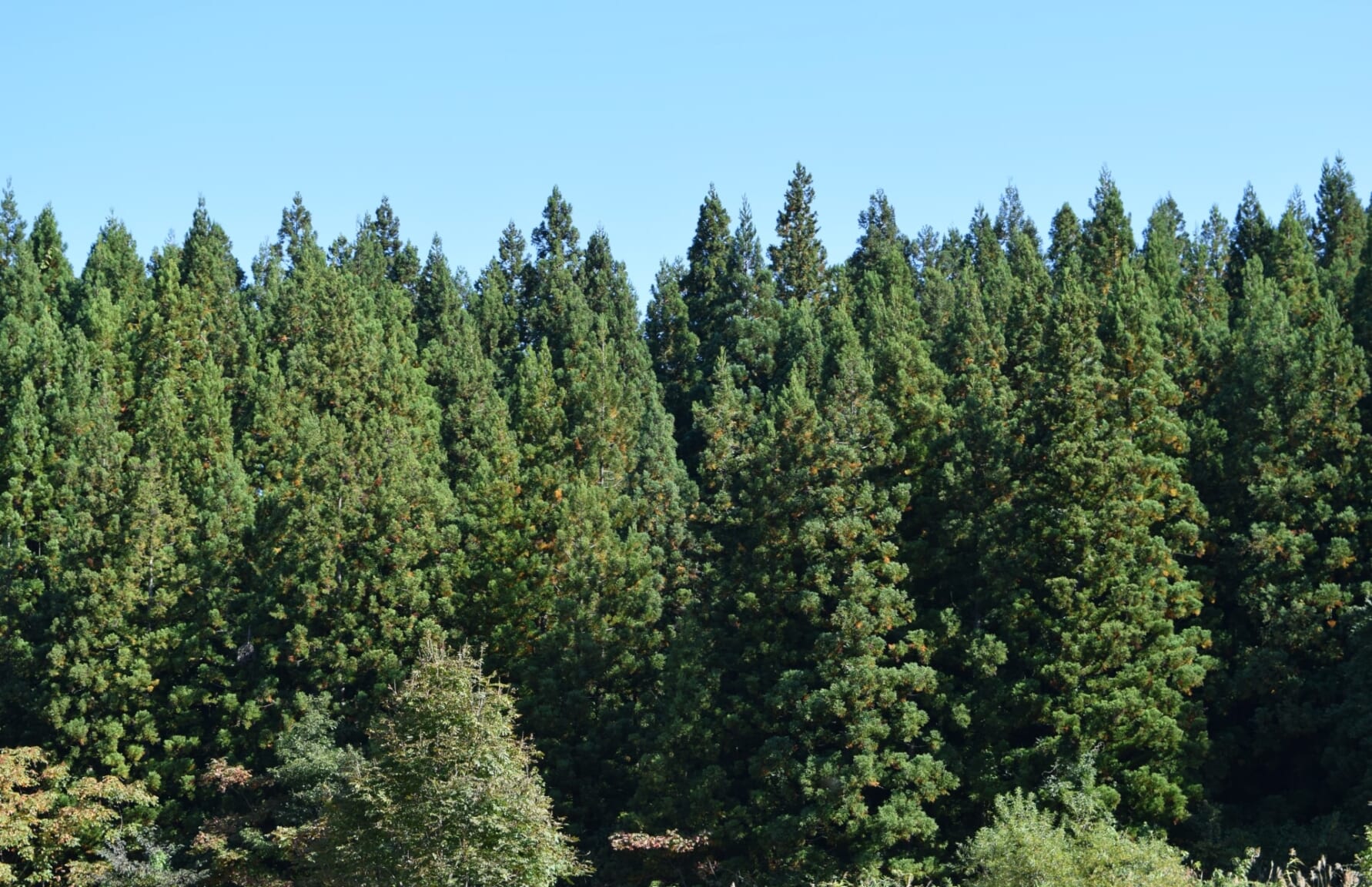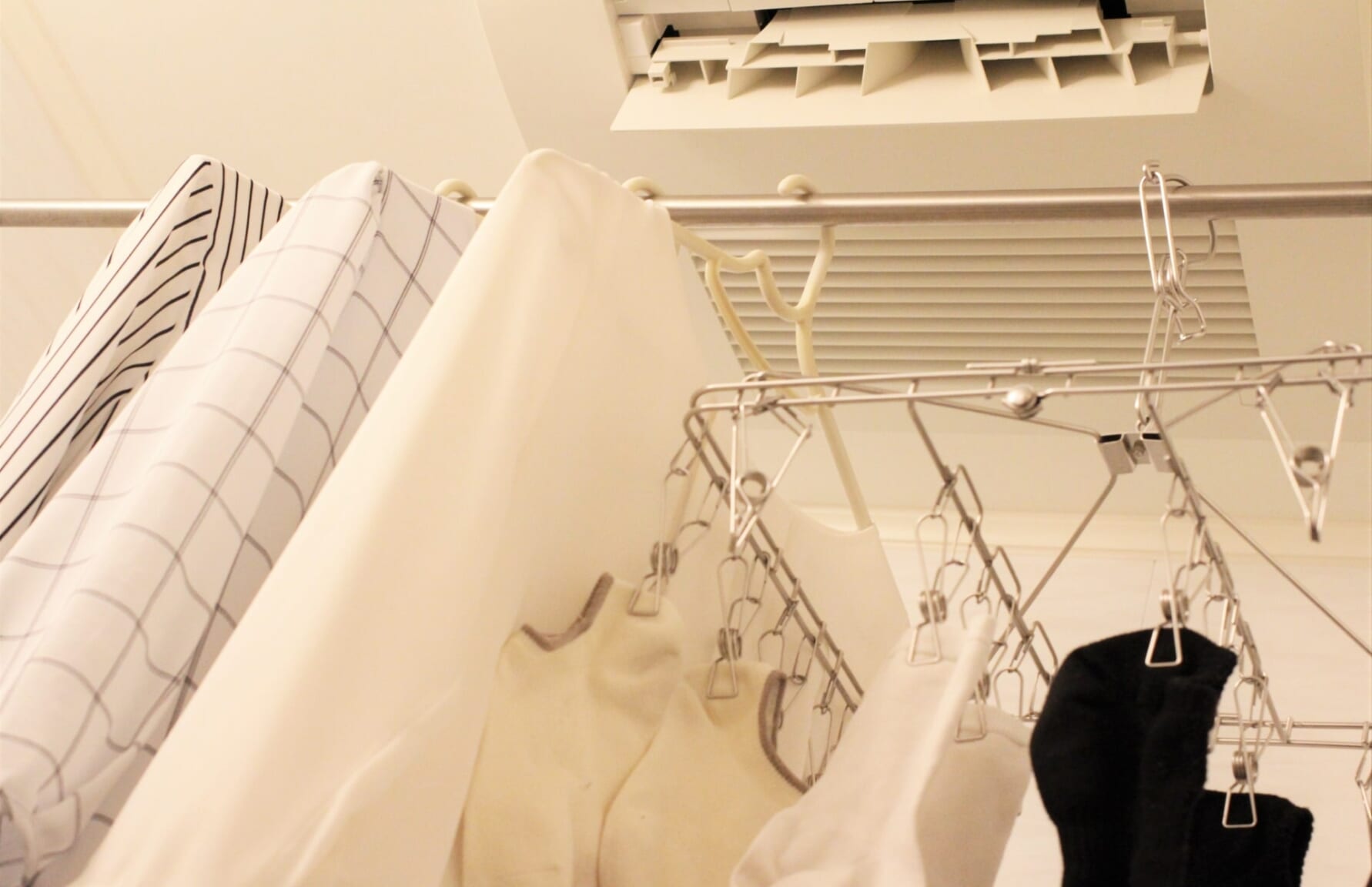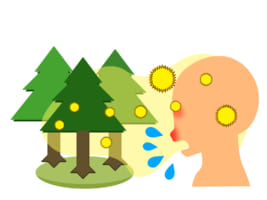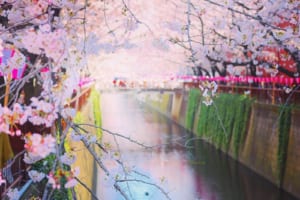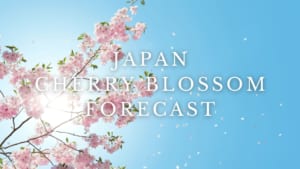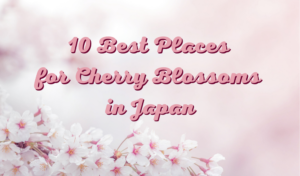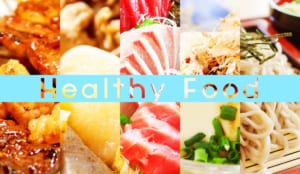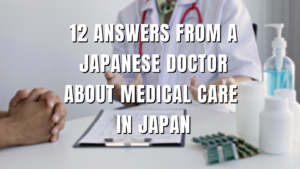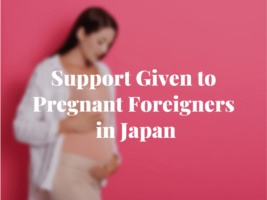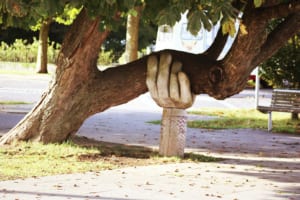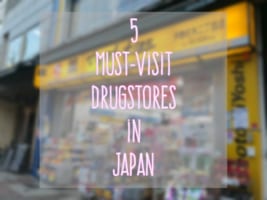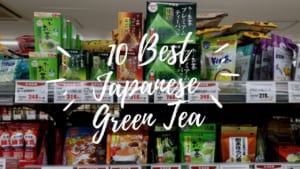Kafunsho Season: How to Survive Hay Fever in Japan
Because something had to counteract the perfection of sakura season
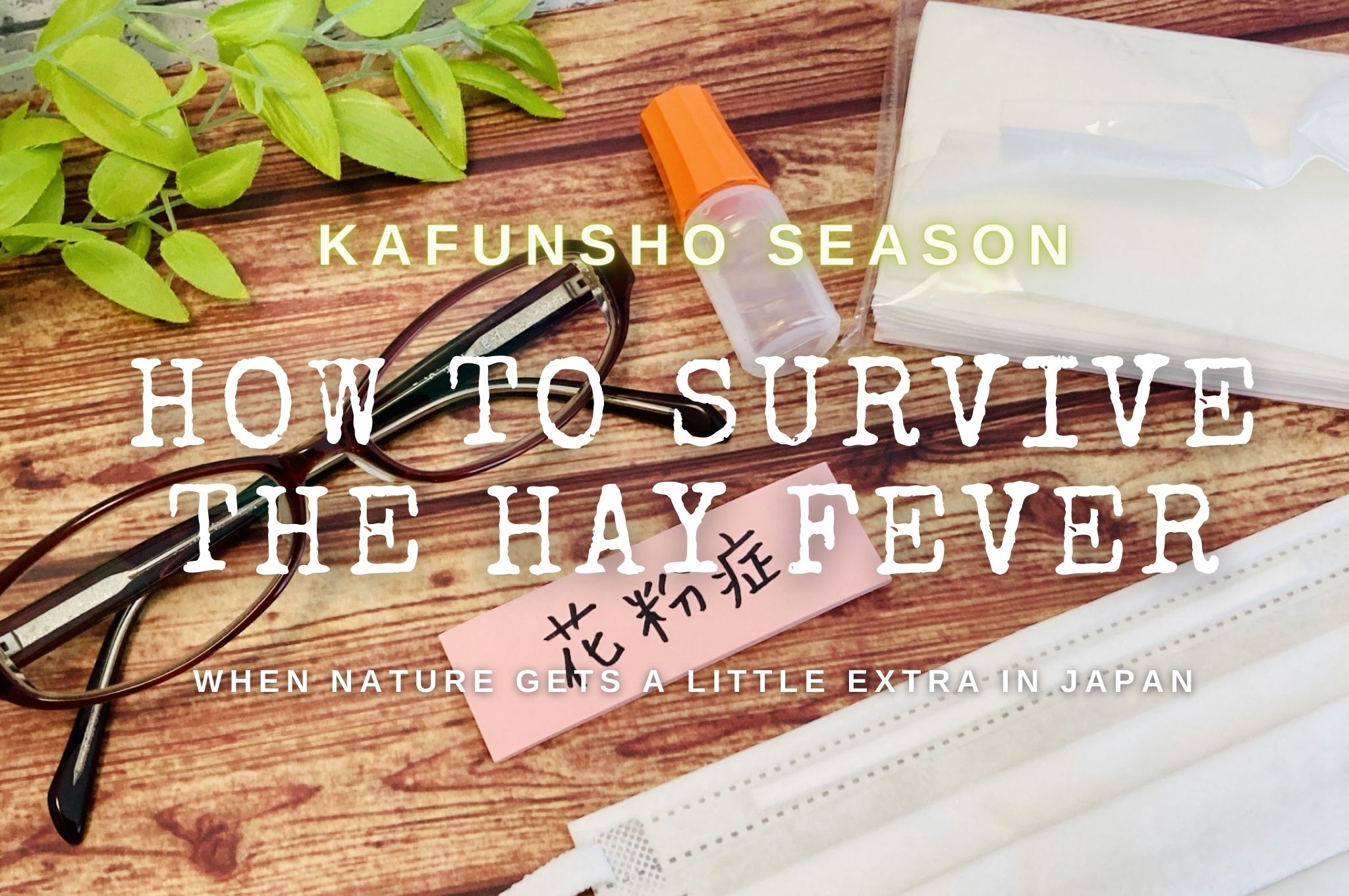
Kafunsho (花粉症), or hay fever, is a seasonal allergy that affects millions of people in Japan every year. The condition is caused by an allergic reaction to pollen from cedar, cypress, and other trees that bloom in the spring. The symptoms of kafunsho can range from mild to severe and can include sneezing, coughing, runny nose, itchy eyes, and throat irritation.
In this article, I will discuss how to survive hay fever in Japan, including preventative measures and treatment options. Keep reading even if you don’t have previous allergies, believe me when I tell you that I know people who have developed an allergy after moving to Japan. You never know when it may hit you so better safe than sorry.
What are the causes of Kafunsho?
Kafunsho, or hay fever, was a relatively rare condition in Japan until the 1960s. However, reforestation policies after World War II led to the widespread planting of Japanese cedar and cypress trees, which began to produce large amounts of pollen as they matured. With the urbanization of land, concrete and asphalt facilitated the recirculation of these allergy-causing pollens, exacerbating the hay fever problem.
Today, kafunsho affects around 40% of the Japanese population, and that number is likely to increase. However, there are solutions and treatments available to help alleviate symptoms and survive the kafunsho season in Japan. The Japanese government is actively working to combat kafunsho by reducing pollen levels through tree felling and trimming and raising public awareness of the condition. Researchers are also developing new treatments, including a hay-fever pill that has shown promising results in reducing or nullifying allergy symptoms.
Additionally, efforts are being made to breed low-pollen cedar and cypress trees and replace existing trees with these varieties. These measures are focused on highly-populated areas such as Tokyo and Osaka, where kafunsho is particularly prevalent. Furthermore, advancements in technology have made Japanese cedar timber more resistant, increasing the demand for the low-pollen cedar and supporting the government’s efforts.
When is Kafunsho Season?
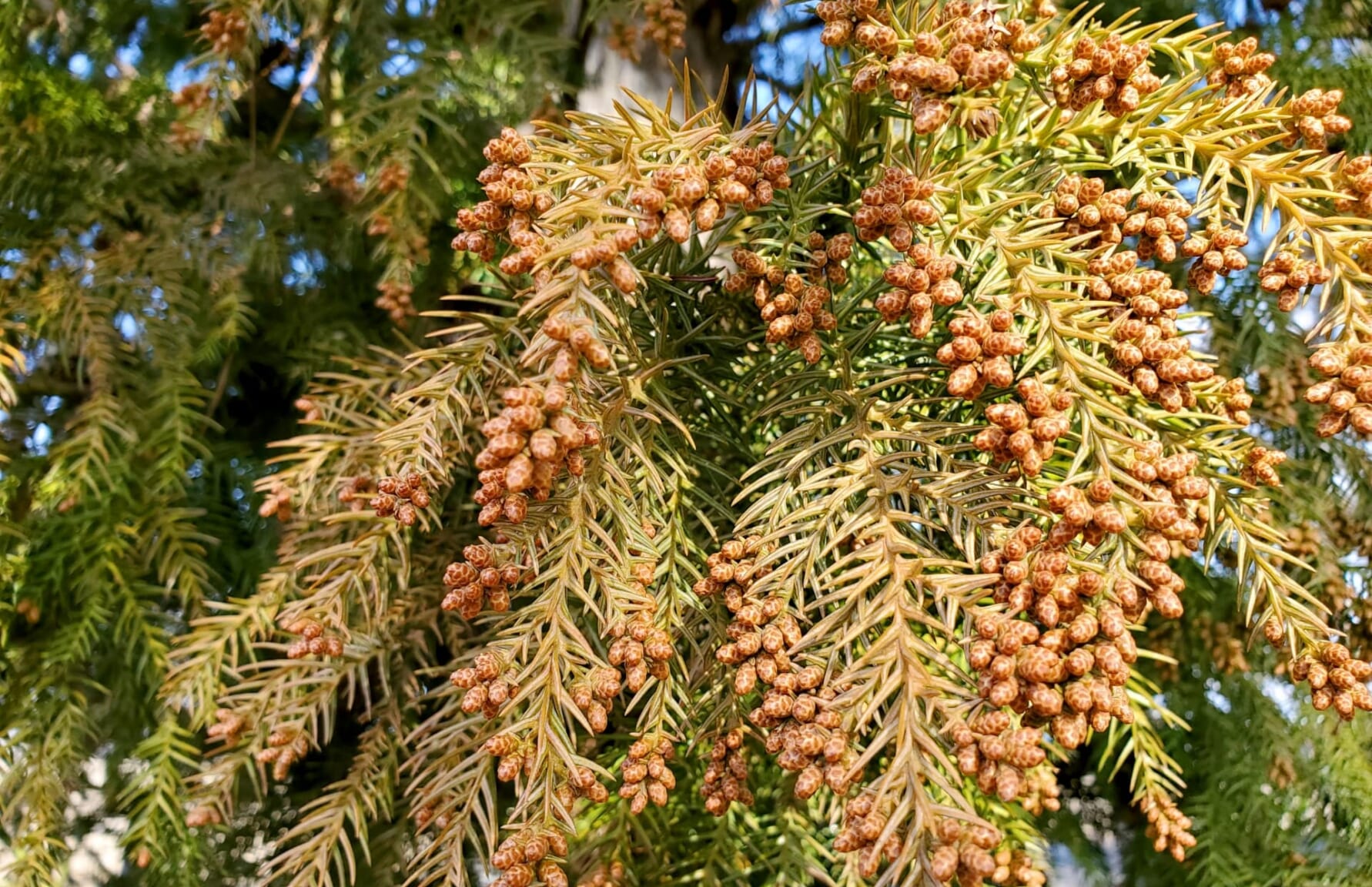
Preventative Measures
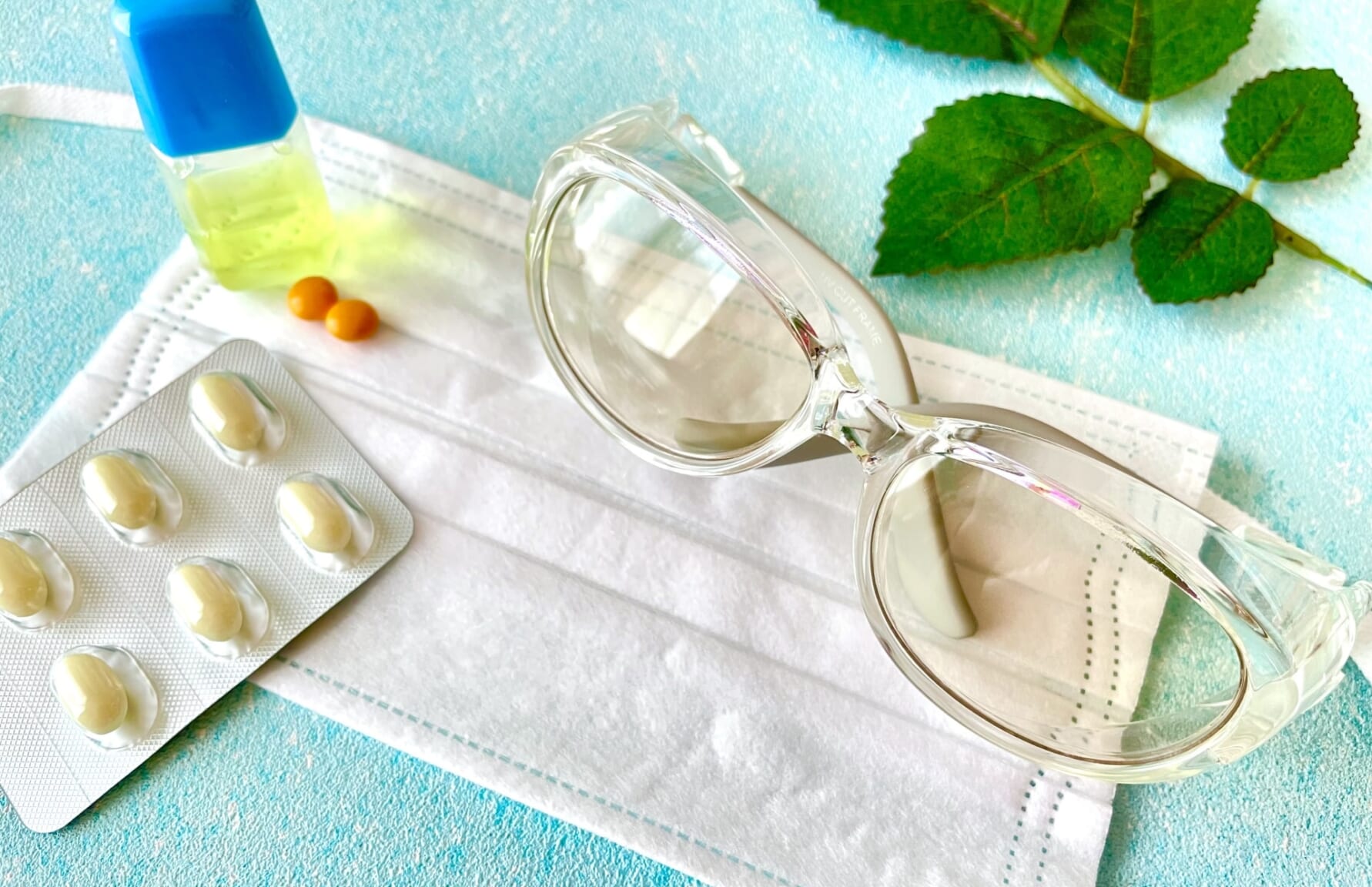
- Check the pollen forecast: This is such a huge issue across Japan, that many weather sites also provide daily pollen levels forecasts, so it will be helpful to check the forecast regularly to stay informed about the pollen count and adjust your activities accordingly.
▶ One of the most popular sites for this information is https://tenki.jp/pollen/
- Wear a mask: Wearing a mask can help filter out pollen and other allergens from the air. Look for masks that are specifically designed for hay fever sufferers, which have a higher filtration efficiency.
- Keep windows and doors closed: Keep your home and car windows and doors closed to prevent pollen from entering. If you need to ventilate your home, use an air purifier with a HEPA filter to remove pollen from the air.
- Avoid outdoor activities: If possible, avoid outdoor activities during peak pollen hours, which are typically in the morning and evening. If you need to go outside, wear a mask and sunglasses to protect your eyes. During this season, 100 yen shops usually sell special glasses specifically designed for this purpose.
- Change your clothes and take a shower: Removing your clothes as soon as you get home will avoid spreading pollen, while showering and washing your hair can help remove any pollen that may have accumulated on your skin and hair. And while we’re at it, cotton and synthetic fabrics are less likely to have pollen sticking to them, so minding your clothing will be helpful!
- Rinse your nose: Rinsing your nose with saline solution can help remove pollen and other allergens from your nasal passages. You can make your own by mixing salt and water and buying a neti pot which is available in many drugstores. This is a small container that you can use to rinse your nasal passages with saline solution. This can help alleviate congestion and other hay fever symptoms.
- Eat a healthy diet: It’s a given that you should eat healthy all the time, but it’s even more critical around this season. Eating a diet rich in fruits, vegetables, and omega-3 fatty acids, as well as probiotic foods, can help reduce inflammation and boost your immune system, which can help alleviate hay fever symptoms.
- Stay hydrated: Drinking plenty of water can help thin mucus and reduce congestion, which can make breathing easier during kafunsho season.
- Take a daily antihistamine: Taking a daily antihistamine before the onset of hay fever symptoms can help prevent the allergic reaction from occurring.
- Get a flu shot: Hay fever can weaken your immune system, making you more susceptible to the flu. Getting a flu shot can help reduce your risk of getting sick during kafunsho season.
For more information about things you can buy for kafunsho season, check the following link:
Treatment Options
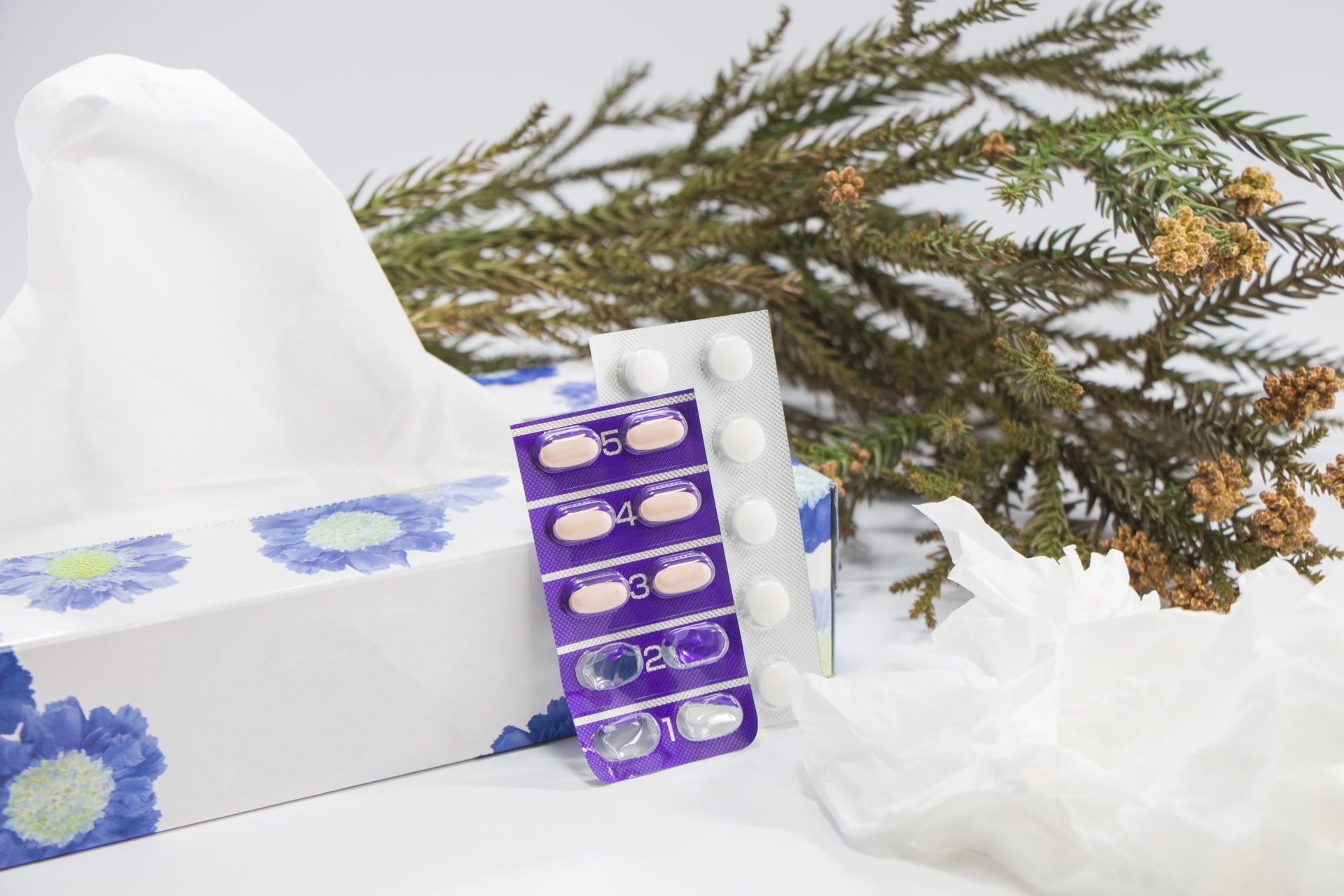
- Over-the-counter medications: Antihistamines, decongestants, and nasal sprays can provide relief from kafunsho symptoms. You can buy these medications at drugstores in Japan, but be sure to read the instructions carefully and consult with a doctor or pharmacist if you have any questions.
For more information about kafunsho medicine, check the following article:
- Prescription medications: If your symptoms are severe, you should seek a doctor’s appointment. Your doctor may prescribe stronger medications, such as corticosteroids or immunotherapy.
For more information about Hospitals with English-Speaking doctors in Tokyo, check the following article:
- Natural remedies: Some people find relief from kafunsho symptoms through natural remedies, such as herbal teas, acupuncture, and nasal irrigation. While there is limited scientific evidence to support the effectiveness of these remedies, they may be worth trying if you prefer a more natural approach. Among the Japanese, some of the most popular green teas for kafunsho are Benifuuki (べにふうき), Benifuji (べにふじ), and Benihomare (べにほまれ). These are nice to drink anyway so it doesn’t hurt to try.
- Eye drops: If you experience itchy, watery eyes, over-the-counter or prescription eye drops can provide relief.
- Allergy shots: This option is only available through a doctor and it’s a long-term treatment that will require regular visits over several years. These allergy shots, also known as immunotherapy, can help reduce the severity of kafunsho symptoms over time by gradually desensitizing the immune system to pollen.
It’s important to remember that everyone’s experience with kafunsho is different, and what works for one person may not work for another. It’s best to consult with a doctor or pharmacist to determine the best treatment options for you.
Helpful Tips For Everyone
Here are some other tips that may help you survive kafunsho season in Japan:
- Carry tissues and a small trash bag: It’s important to dispose of used tissues properly to avoid spreading pollen around. Carry a small trash bag with you to dispose of used tissues and other items.
- Avoid alcohol: You’ll be forgiven if you’re drinking while having fun at hanami parties, but just so you know, alcohol can exacerbate kafunsho symptoms, so outside of special occasions, it’s best to avoid it during hay fever season.
- Be mindful of your surroundings: I know, I know, it’s sakura season. But other than that, try to avoid areas where pollen is likely to be present, such as parks or fields.
- Consider allergy-friendly travel destinations: If you’re planning a trip to Japan, consider visiting areas less affected by kafunsho, such as Hokkaido or Okinawa.
Kafunsho season in Japan can be a challenging time for hay fever sufferers, but there are preventative measures and treatment options available to help manage symptoms. By staying informed, taking precautions to reduce pollen exposure, and seeking medical advice when necessary, you can survive hay fever season and enjoy all that Japan has to offer.
▽Subscribe to our free news magazine!▽
▽Get the latest information about spring in Japan!▽
For more information about health and lifestyle in Japan, check these articles below!
▽Related Articles▽
▼Editor’s Picks▼
Written by
Photographer, journalist, and avid urban cyclist, making sense of Japan since 2017. I was born in Caracas and lived for 14 years in Barcelona before moving to Tokyo. Currently working towards my goal of visiting every prefecture in Japan, I hope to share with readers the everlasting joy of discovery and the neverending urge to keep exploring.





